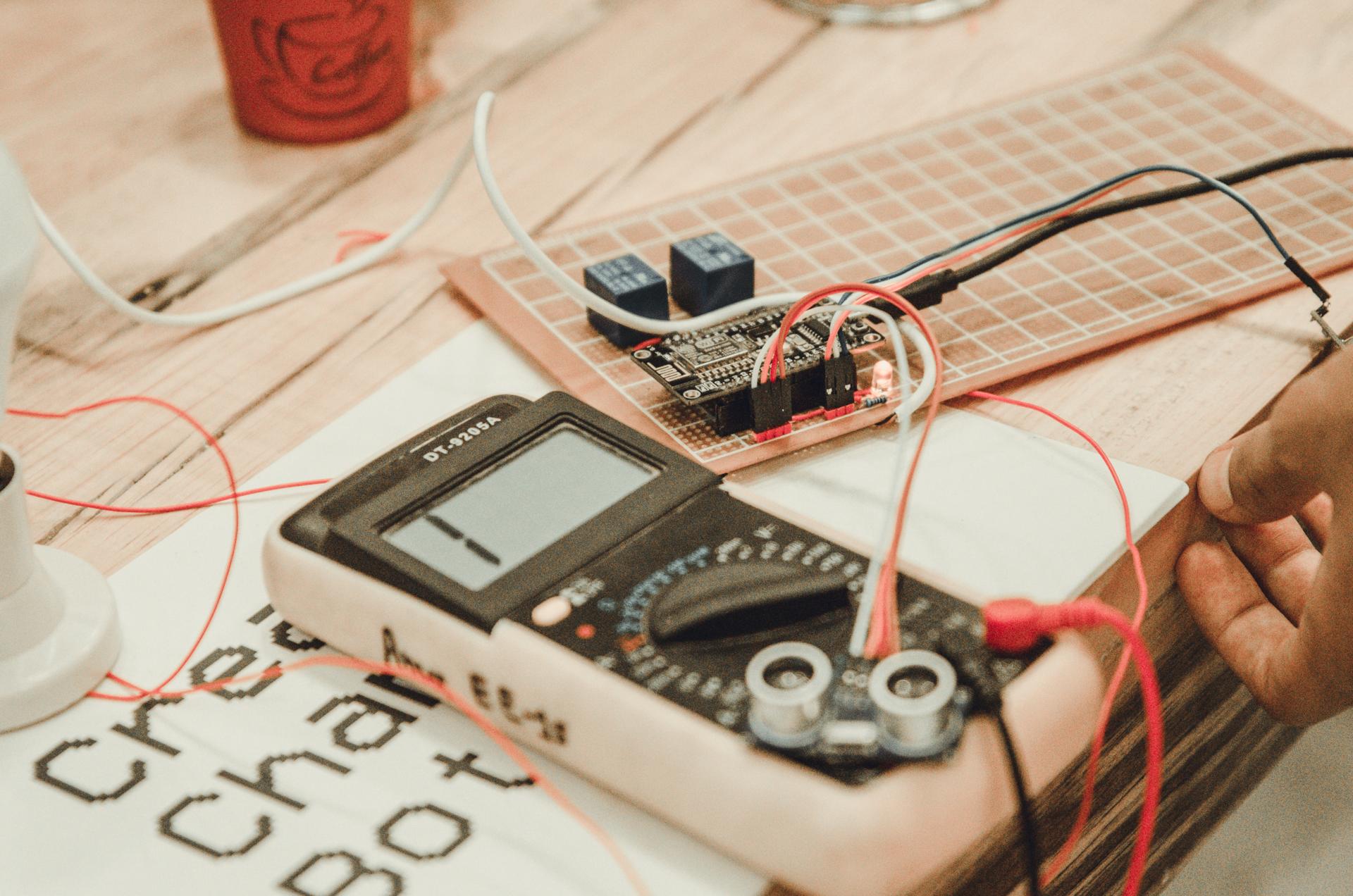A Novice's Tutorial to Performing an Electric Safety Test at Your Place

In terms of home security one of the most important areas to consider is electrical safety. Electrical safety testing is the process of checking the electrical system of your home to be sure it’s safe and up-to-code. In this article, we’ll provide you with an overview of what electrical safety tests are, the tools you’ll need for conducting them, how to conduct the tests and the warning signs to be on the lookout for.
What exactly is the definition of an Electrical Safety Test?
An electrical safety test is the procedure of examining the electrical system within your home to verify that it’s functioning safely and properly. Electrical safety tests are important as they can in preventing electrical fires and electrical accidents and also ensure the long-term durability that your electric system has.
Tools Needed for an Electrical Safety Test
For conducting an electrical safety test, you’ll need some essential equipment. They include a voltage tester and a continuity tester circuit tester as well as the outlet tester. It is utilized to test for live circuits, while the continuity tester checks for broken circuits. Circuit testers are used to check for wiring faults, and the outlet tester is used to detect wiring issues at the outlets. It is essential to utilize these devices correctly to get exact results.
How to Conduct an Electrical Safety Test
To conduct an electrical safety test at your home take these steps:
Shut off the power supply to the circuit you’re conducting tests on.
Use the voltage tester to test whether there are live circuits.
Utilize the continuity tester to check for broken circuits.
Utilize the circuit tester for checking for wiring faults.
Use the outlet tester to find any wiring issues in the outlets.
When testing, be sure to look for signs of damage or wear on the wires that could indicate broken or frayed wires burn marks and loose wires. If you discover any problems you need to fix them as soon as possible to prevent any potential dangers.
Signals of electrical problems to Watch Out For
There are many warning signs that could indicate electrical problems in your house. These include flickering lights and frequent circuit breaker trips and crackling or buzzing sounds from outlets, outlet that are hot or discolored, and a burning smell. If you notice any of these warning signs, it’s important to take action immediately to avoid potential electrical hazards.
Conclusion
Electrical safety tests are crucial for ensuring the safety of your home and family. By conducting regular tests and taking care to address any issues immediately, you can avoid potential hazards to electrical equipment and extend the life of your electrical system. If you need help in electrical repairs or testing Don’t hesitate to reach out to East Auckland Electricians. Our experienced team can offer you expert advice and assistance. Contact us at 0800 570 082 to schedule an appointment or request a quotation.
FAQ Section
What is the recommended frequency to do an electrical safety test at my home?
We recommend conducting tests of electrical safety at least every year.
Can I conduct an electrical safety test on my own or do I need a professional?
While it’s possible to perform an electrical safety test on your own however, it’s advised to employ an expert to guarantee accurate results and to avoid any potential dangers.
What are the most frequent electrical problems found during an electrical safety test?
The most frequently-repeated electrical issues found during a safety test comprise defective wiring, circuits that are overloaded and outdated electrical systems.
What should I do if I encounter a problem during the electrical safety check?
If you find an issue in the electrical safety test It is crucial to act immediately. This could include calling a professional electrician to resolve the issue, or replacing faulty equipment.
